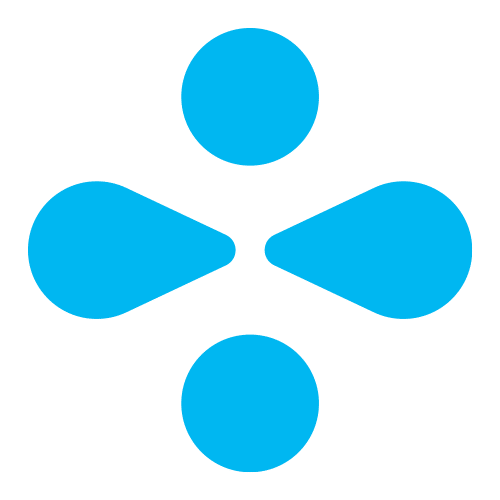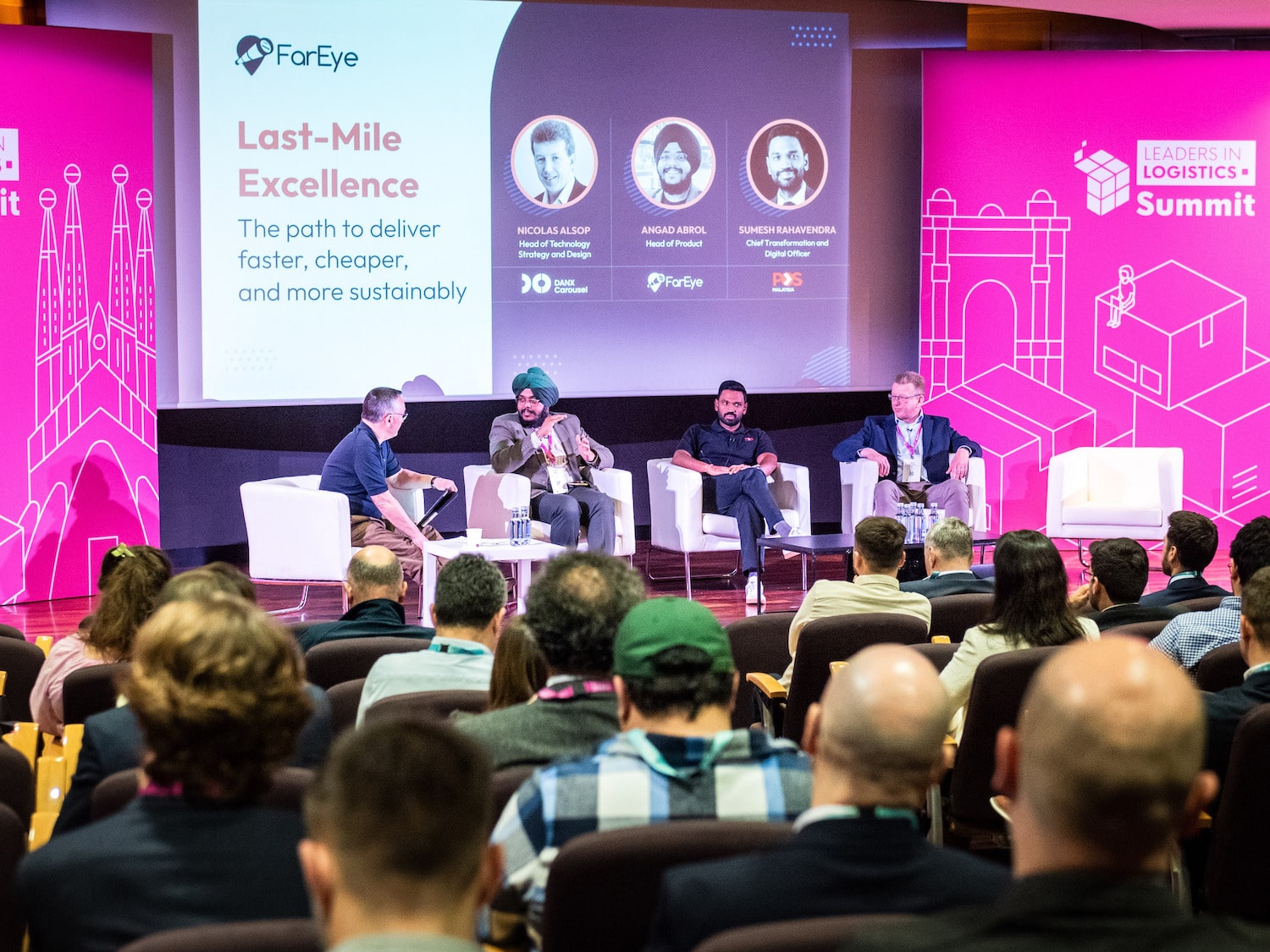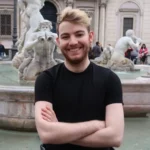Insight / Blog
3 Essential Insights from Leaders In Logistics: Last Mile 2023
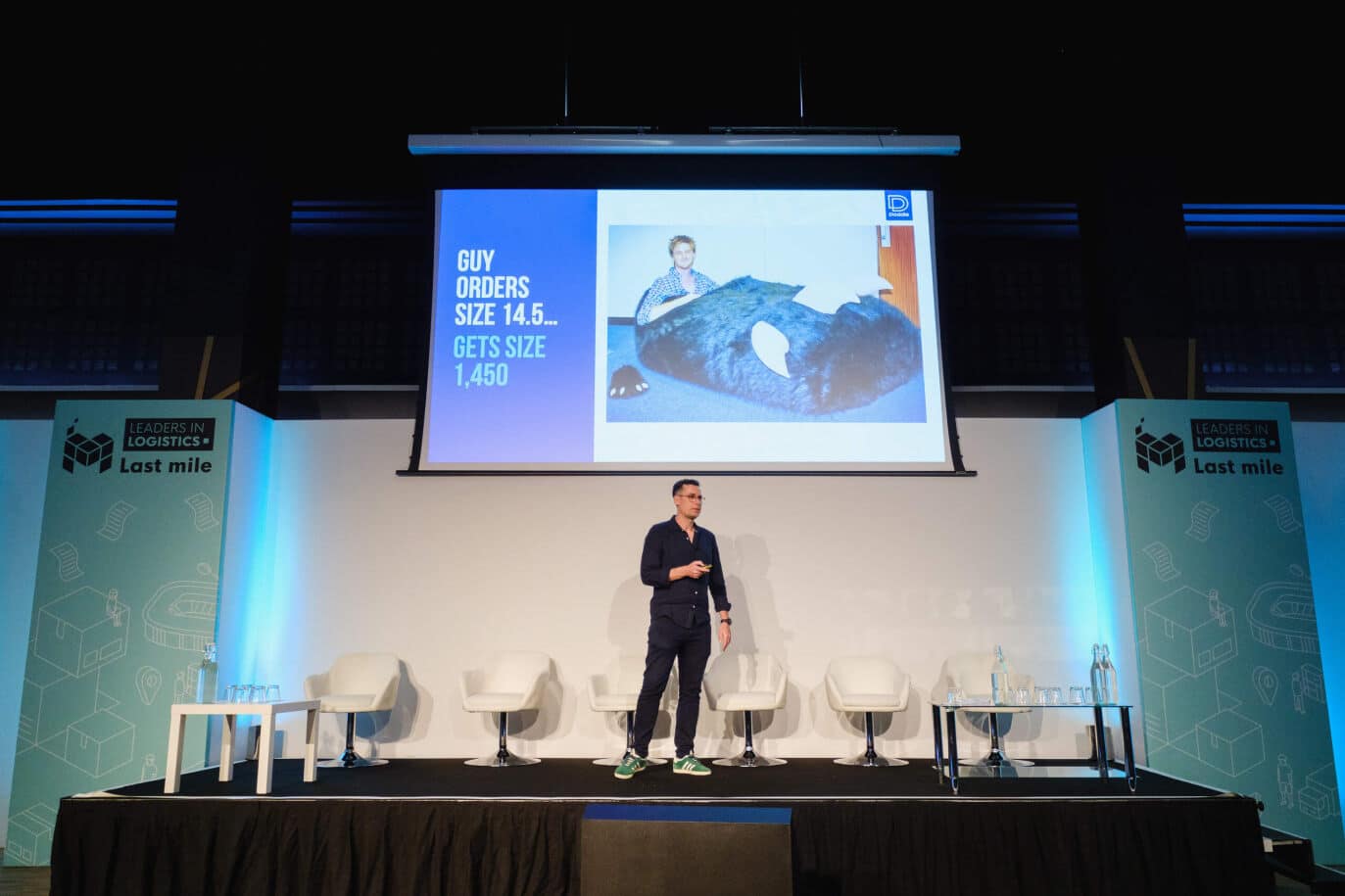
Summary: Highlights from Leaders Last Mile 2023 in Twickenham, featuring keynotes from Geopost, Doddle and Yodel.
October 2023 found us once again joining major figures from the postal, carrier, 3PL and retail world at Leaders In Logistics: Last Mile at London’s Twickenham stadium for a day of insights and networking. As per usual, the Doddle team was on hand to show off our Drop-Off Kiosk, meet some fantastic folks at our stand, deliver a keynote, and most importantly for our purposes today, to take the key notes from the full conference lineup.
Just as we did for March’s full Leaders conference, we’ve distilled it all down to 3 core themes and pulled out some of what we thought were the most interesting stats and angles from various presentations over the course of the day.
Consumer expectations: affordability and reliability seen in new light
Geopost’s Yves Delmas focused his opening keynote on the needs and expectations of consumers, and the theme continued to resonate throughout the day’s talks. Yves pointed to some primary consumer trends or ‘unspoken needs’: affordability and reliability.
Affordability, or cost-consciousness, is nothing new to ecommerce shoppers, but it might have taken on even more importance in the last 12 months or so however, following rising inflation across Europe. That has made pricing more important than ever. Yves pointed to Geopost’s e-shopper report which found that 75% of consumers were price-driven and increasingly selective about purchases. That applies to delivery pricing just as much as it does to goods, and it’s also driving new sectors to see success. We’ll see in our second trend how frugality has become cool, with secondhand shopping having shed much of its stigma, leading to increased participation in C2C commerce.
Vinted Go Vice President Vytautas Atkocaitis also made an interesting pricing forecast, suggesting that home delivery would stop being offered for free in future as retailers and carriers rebalance the price incentives for deliveries, offering cheaper or free out-of-home delivery as the economic option and home delivery as a higher-priced, higher-convenience option.
Reliability was the second of Yves’ key trends. He pointed out that 69% of regular e-shoppers said that knowing the exact one-hour delivery window of their purchase would make them likely to shop from a specific app or website. Surprisingly, that only increased by 3 percentage points to 72% when consumers were asked the same question, with the addition that they got to choose the exact one-hour slot. It goes to show that predictability and reliability are bigger factors in customer satisfaction than controlling the specific time of delivery – which is good news, since accurate forecasting of an efficient route is far easier and more cost-effective to offer than customised delivery times.
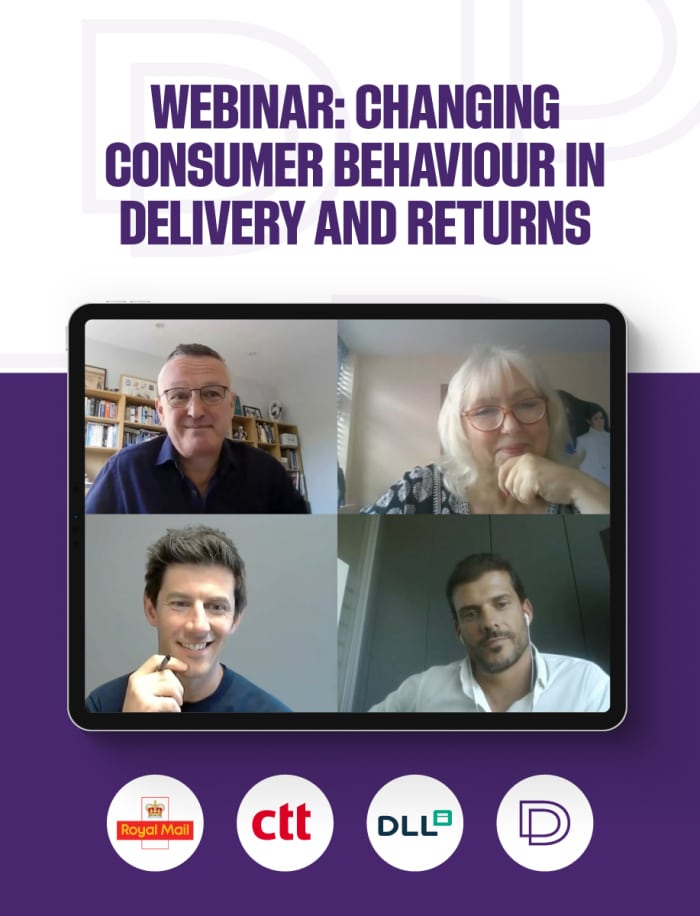
Reliability might also be a driver for one of the most interesting stats in Yves’ talk. In 2017, just 17% of European consumers had used out-of-home (OOH) delivery options. Today, that number is 44%, and Geopost expects OOH growth to be three times faster than home delivery growth over the next three years.
This rapid growth of out-of-home delivery adoption is likely to be partly driven by the benefits of reliability and flexibility that the method offers – Doddle’s 2021 research found that flexibility and avoiding missed deliveries were the two most attractive benefits of using out-of-home delivery options.
That demand for reliability and OOH options was reinforced by Alberto Pimenta, Chairman at Locky (CTT – Correios de Portugal’s locker network brand), whose talk noted that primary consumer pain points in Portugal are not knowing the delivery hour and missing deliveries. That tallies with consumers’ stated desire to utilise OOH collections more often. While currently just 23% of consumers pick up parcels from convenience stores, 40% say they want to do so. For lockers, those numbers are 8% and 19% respectively.
C2C is bringing new challenges and opportunities to parcel logistics
Mike Hancox, CEO at Yodel, spent his time on stage discussing the importance of C2C marketplaces to Yodel’s growth, and sharing data from the sector. He described it as the fastest growing retail sector, fuelled by the growth of marketplaces, technology and investment in new brands.
Today, that growth is primarily represented by Gen Z and Millennial shoppers, and so Yodel is tailoring its offering to the lifestyles and needs of these demographic groups. Hence, Yodel is partnering with universities for pickup and drop-off (PUDO) locations, which Mike called key to capturing the C2C demographic.
He also pointed out that a major benefit of C2C volume for carriers is that it is far less seasonal and variable, spreading more or less evenly across the year. That makes it an attractive type of customer to pursue, with capacity management far less of an issue than for traditional retail which peaks around Christmas and then falls significantly back in volume terms across much of the rest of the year.
One of Yodel’s interesting adaptations to C2C is that drivers are now specifically routed to call at the same stores every day at the same time, improving the relationship between drivers and host partners and helping to increase compliance, as well as generating efficiencies in driver payments.
Mike also linked Yodel’s history as an OOH operator to its current success in C2C, a market where the majority of volume moves through OOH channels. He also flagged its trial with OOHPod, a locker provider, though given Yodel’s need to capture younger demographics (which are most likely to prefer parcel lockers of any age group), this trial being limited to 9 locations in Northern Ireland may be an issue.
Yves’ talk also touched on the rise of C2C, describing it as a symptom of the increased price-sensitivity of shoppers, but also highlighting that there was now more hype around the idea of frugality, sustainability, and decreasing consumption – all of which leads more consumers to consider recommerce.
He noted that 70% of consumers are now users of C2C platforms, and that this was a factor behind the growth in OOH across Europe. This was echoed by VintedGo’s Vytautas, who flagged that over 80% of the platform’s deliveries now took place through PUDO, and that the challenge was for retailers in general to remove friction from OOH journeys and solve the lack of information at the checkout.
Returns: Massive opportunity to shift the balance
And last but very much not least, returns were a major topic at this year’s Leaders conference. Doddle’s Chief Strategy Officer Bob Griffiths delivered a keynote that started with an impassioned ecommerce debate in an unlikely place and ended on a call for retailers, 3PLs and carriers to deepen their technical collaboration to help bring the reverse logistics ecosystem up to scratch.
Bob’s talk identified some key points in how returns are treated today. For many retailers, they’re a significant drag on profitability. ASOS infamously attributed £100m loss to just 6% of customers based in large part on their returns profile. Doddle’s latest research found that 63% of merchants across European ecommerce markets reported returns were a significant issue for their business. But at the same time, there can be a perception that returns are not an exciting area for innovation or investment.
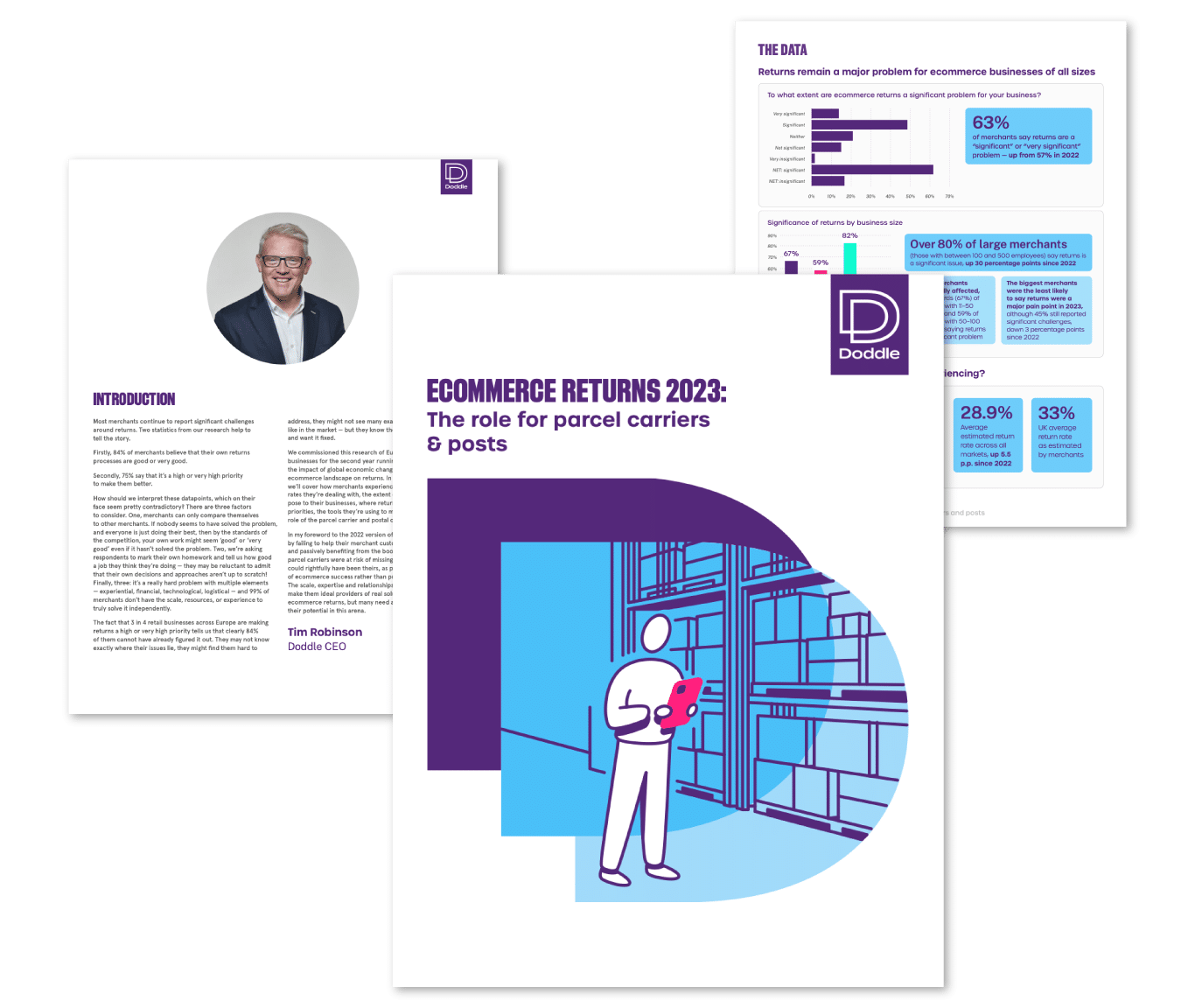
Gary Page, John Lewis Partnership’s GM for Customer Delivery & Collection Operations, described how outbound is seen as exciting, but returns are a chore. He emphasised the need to make returns easy for consumers and hassle-free, ensuring they can get a refund fast by keeping sight of where the return is in the process.
DPD’s Tim Davies added that as a carrier, DPD is aiming to bring a similar level to returns as it offers on the outbound journey, where it has a premium delivery experience with clear visibility and communication with the customer. Doing so has the advantage of indirectly driving more consolidated deliveries to OOH locations, because giving customers a great experience in returns at the drop-off point incentivises them to use the same location to pick up parcels too. He also noted that partnerships are essential for success, saying that internal IT teams can’t be expected to achieve all of this themselves.
Bob’s talk focused on shifting the balance, away from emphasising the consumer’s role in returns, towards a greater emphasis on technological maturity and visibility throughout the reverse logistics chain. For example, while a returns label in a box is a reasonably good customer experience for the drop-off (no need to find a way to generate a label, no need to print a label), it leaves the retailer with zero control over what comes back to their processing centre, limited understanding of the volume to plan for, and frequently poor data about why returns are being made.
That’s where digitising and connecting returns data with order data can help retailers unlock plenty of value in returns, and carriers and 3PLs are in a great position to bring these platforms to their retailer customers.
We hope you’ll join us next March in Barcelona for Leaders in Logistics 2024 – see you there!
Topics:
Related articles
Return fees or free returns: why not both?
Debates between return fees or free returns miss the bigger picture: how to address the root issues of returns.
Important lessons from Leaders in Logistics 2024
Leaders in Logistics 24 dived into AI & automation, sustainability, changing ecommerce behaviours, emerging consumer expectations & predicted what the next decade had in store.
Postal results, reforms, and returns
Posts around the world are seeking reform, but how can they drive improved results in the short term?







